(Picture: unsplash.com)
The topic of Internet of Things (IoT) has been around for many years, but what is it exactly and does it have any applications to impact investing?
The Internet of Things Agenda defines IoT as
“[…] a system of interrelated computing devices, mechanical and digital machines, objects, animals or people that are provided with unique identifiers (UIDs) and the ability to transfer data over a network without requiring human-to-human or human-to-computer interaction.”
The two key takeaways from this definition are that the IoT uses 1) the interrelation of devices, objects, animals, and people and 2) the transfer of data over a network. With the great volume of data being collecting every day, the IoT has the potential to leverage big data to drastically disrupt the way we live.
At AvantFaire we are particularly interested in the application of IoT to impact investing, for instance in the context of Smart Cities. According to the United Nations, “[t]oday 55% of the world’s population lives in urban areas, a proportion that is expected to increase to 68% by 2050”. (Source: UN) The increased density of urban population will put infrastructure to a test. For instance, the following aspects (to name just a few) will be highly affected, and IoT solutions can be applied to support a seamless provision of services:
- Freshwater scarcity: the increase in urban population density will require a better water management infrastructure. Water utility companies can use sensors to detect overflows in real-time and put in place measures to reduce water waste.
- Commercial and public waste management: to exemplify this aspect, let us look at the service of garbage collection performed by cities. The most common method currently in use is garbage collection based on a predefined schedule. This approach is suboptimal however, as it does not consider whether garbage collection in a certain area is currently needed or not. Garbage collector operators might end up wasting their time (and truck fuel) traveling to a certain location to empty only partially full containers. A smart solution to this issue are sensors that monitor the actual level of content in containers and plan an efficient garbage collection route accordingly. Another IoT application is to collect data in relation to traffic, temporary road closures, etc., and then use the data to map the most efficient garbage collection route to follow. (Source: GreenBiz)
- Intensity of traffic: as mentioned in the point above, data collection in relation to traffic can help to manage traffic effectively. CCTV mounted on traffic lights can identify congested areas and feed data back to a traffic management system that can suggest diversion and alternative routes. This technology also has application in smart parking, for example in multistory car parks. (Source: Readwrite)
- Air pollution: IoT technology offers the possibility to build systems to monitor pollution in real time. Sensors mounted on traffic lights can be used to identify pollutants (e.g. carbon dioxide, ozone, sulfur dioxide), collect data and transmit them to a remote server. The data can then be analyzed and decisions be made based on that.[1]
- Energy/power regulators: given the ever-increasing demand for energy in cities, there is a real need for solutions that manage and optimize the use of energy resources and networks. “Simpler” solutions are for instance smart meters, which feed real-time data to utility companies who then use the information for customer billing, manage supply and balance supply and demand of energy based on consumption records. More challenging applications in this domain will surface in the future, for example when the majority of the population will transition to electric vehicles (EVs). This will require the grid infrastructure to be able to handle a substantial need for energy in any particular moment. (Source: Thales)
- Education: in the context of education, the public education systems of various cities are experimenting with different smart education technologies to adapt to the needs of students. All students are different, and It is about matching the type of student with the most suitable learning mode for them. This approach will allow teachers to make their classes more engaging and more easily get their message across. (Source: Deloitte)
- Climate change and mental health: IoT technologies have several different applications that help combat climate change. As mentioned above, there are many possible applications to improve mobility within cities and reduce traffic and pollution, as well as detect higher-than-normal levels of pollutants in the air. However, the connection between climate change and mental health often goes overlooked. Living in an unhealthy environment is taxing for both the body and the mind. Studies have shown that natural catastrophes like hurricanes, floods, and tornadoes, can cause various mental disorders. It is therefore important that IoT is also used to remind us to live a healthier lifestyle. For example, companies like XiaoMi have leveraged on technology and data collection to help people pick up (and stick to) healthy habits. (Source: frontiers in psychiatry)
Many cities have already started their journey towards becoming “smart”, as applications of IoT have been seen in major cities like Seoul, Moscow, all the way to San Diego (Source: PwC). All the applications had the common goal to leverage data collected from the population to use resources more efficiently and enhance the quality of life.
IoT has the dual benefit of improving human lives while simultaneously addressing the issue of resource scarcity. Multiple Sustainable Development Goals (SDGs) are addressed by applying IoT solutions to cities to make them “smarter”, for instance:
(Source: UN)
At AvantFaire we follow two distinct approaches when looking at opportunities that could contribute to make cities smarter:
- Pure IoT technology, that would have multiple applications to address issues in cities
- Targeted solutions, focusing on solving specific issues like indoor farming or curbing greenhouse gas (GHG) emissions
(Big) data can be used by IoT technologies and make cities smarter and more livable. However, the population will need to decide whether trading a share of their privacy for the common good is worth it or not.
Please let us know your thoughts in our comments section of the LinkedIn post!
[1] S. Duangsuwan, A. Takarn and P. Jamjareegulgarn, “A Development on Air Pollution Detection Sensors based on NB-IoT Network for Smart Cities,” 2018 18th International Symposium on Communications and Information Technologies (ISCIT), Bangkok, 2018, pp. 313-317, doi: 10.1109/ISCIT.2018.8587978.
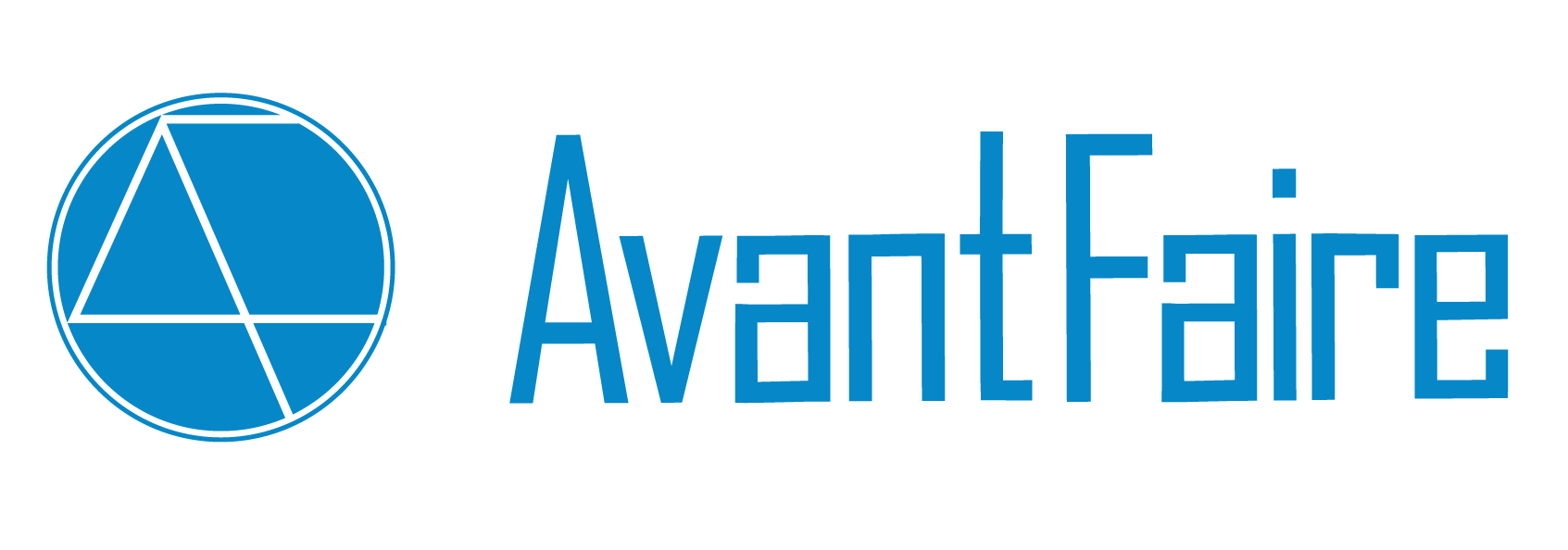
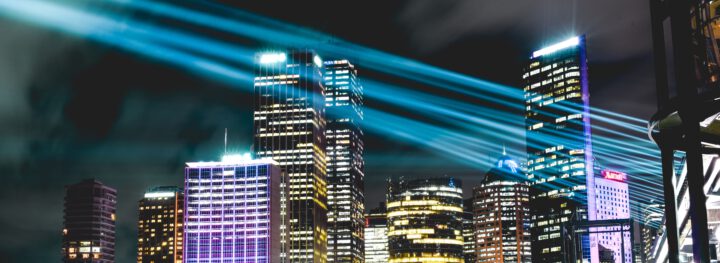
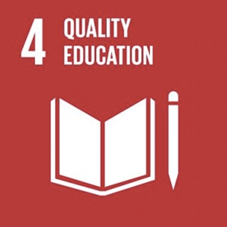
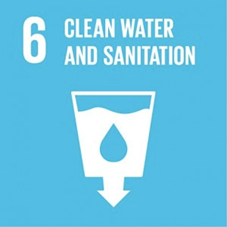
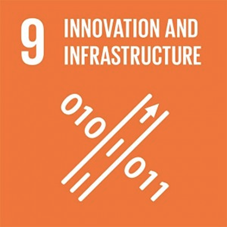
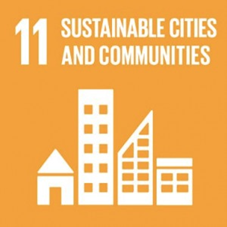
Mental Health and Impact Investing – Avantfaire Investment Management Limited
[…] we briefly mentioned in a recent post, climate change can impact people’s lives in many different ways, including from a mental health […]